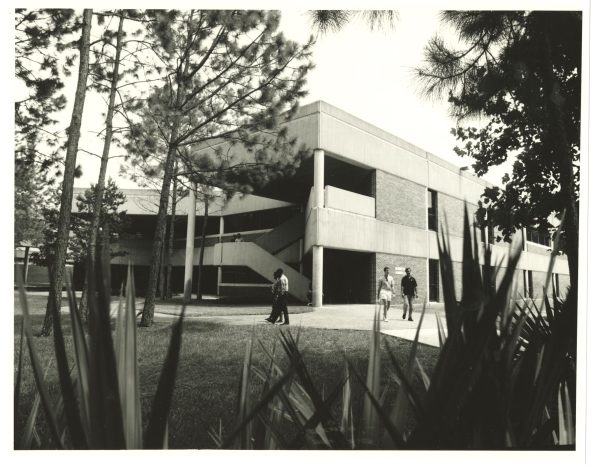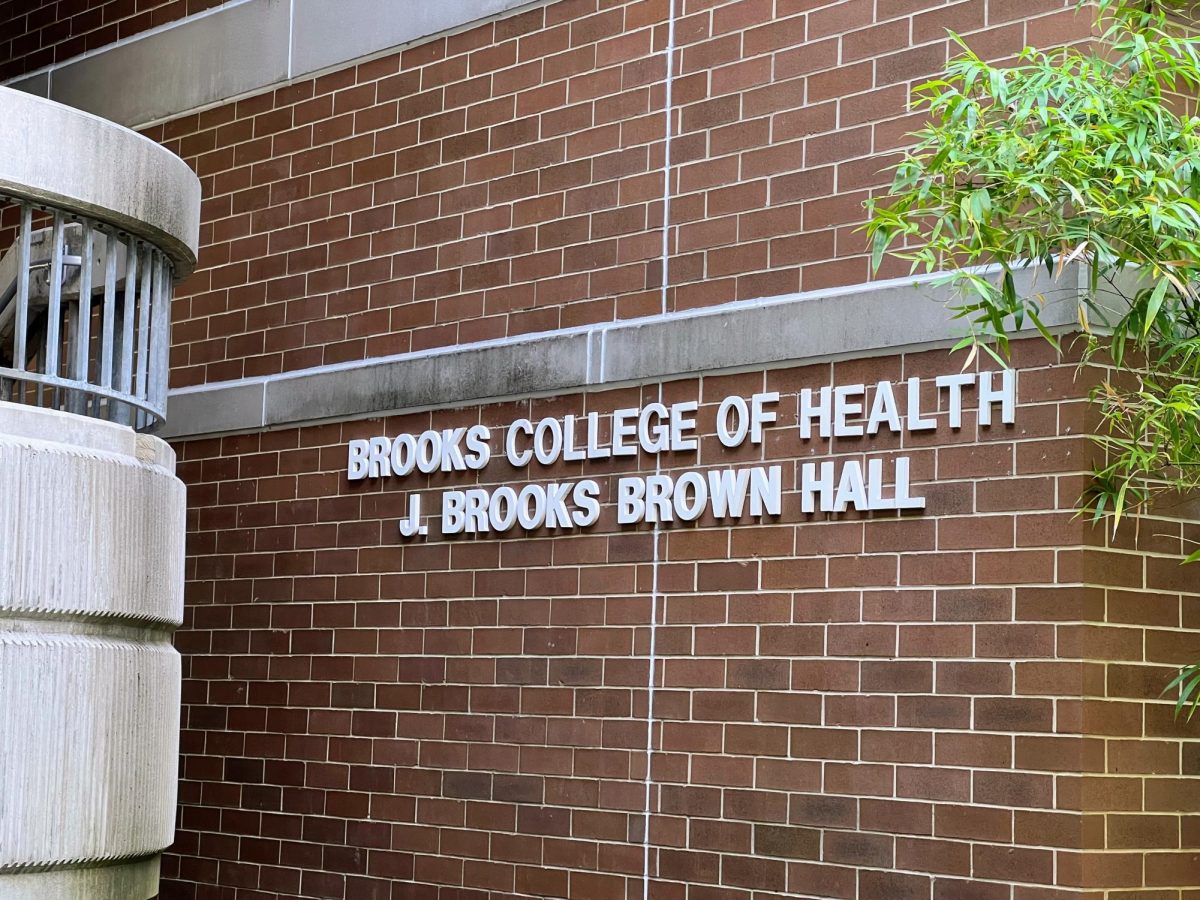Editor’s Note: Due to a communication error by the University of North Florida, all references in this article to “Honors Hall” have been changed to Building 10, which was formerly known as Honors Hall. Asbestos was detected in a remodel of part of Building 10 this summer, which is located at the core of campus and is not to be confused with any current residence dorms.
Trace amounts of asbestos — fibers linked to breathing issues and some major health problems — were found and removed during construction on part of the University of North Florida’s Building 10 last week. The building has since received clean follow-up air test results and has been given the all-clear.
“Asbestos Containing Materials” (ACMs) were found in samples of the building’s vinyl floor tile and HVAC ductwork. Less than 1% of asbestos fibers were detected in samples of the drywall compound but did not meet the Environmental Protection Agency’s threshold to be considered ACMs.
Part of the university’s original campus, Building 10 was constructed in 1974 and has closed for renovations for most of the summer semester. It was originally known as Honors Hall. Given the age of the building, a contractor tested certain building materials for ACMs. Building 10 is the last of the buildings on campus that is being remodeled, the university said.
What is asbestos?
Asbestos is a mineral fiber that occurs in rock and soil and is commonly found in attic and wall insulation, vinyl floor tiles, roofing and siding shingles and more. Asbestos fibers can be released by the disturbance of ACM during construction, demolition work, remodeling and more.
Exposure to asbestos increases the risk of developing lung disease, according to the EPA’s website. Disease symptoms could take many years to develop following asbestos exposure, but major health effects as a result of a great exposure include lung cancer, mesothelioma, a rare form of cancer found in the thin lining of the lung, chest and abdomen of the heart, or asbestosis, a long-term, non-cancer disease of the lungs.
“In general, the greater the exposure to asbestos, the greater the chance of developing harmful health effects,” EPA’s website stated.
“We received clean follow-up air test results.”
Further air sampling was conducted in Honors Hall and all samples were safely below the clearance industry standard, according to the university.
“While these ACMs did not present a hazard unless disturbed, given the scope of the remodel, an abatement contractor removed all suspect building materials within the areas of work per OSHA standards,” Amanda Ennis, UNF’s media relations manager, wrote in a statement to Spinnaker. “The abatement work was completed last week, and we received clean follow-up air test results.”
Erring on the side of caution, all staff working in the building were instructed to work remotely until the removal was finished.
After the all-clear from air tests, faculty and staff were permitted to return to the building on Monday.

Since Building 10 was the last of the original campus buildings to be renovated, Ennis said that “to the best of [UNF’s] knowledge” all ACMs have been removed from the renovated areas. The university is currently remodeling the first floor and part of the second floor of Building 10.
“It’s important to note that during these renovations, the ACM does not present a hazard unless disturbed,” Ennis wrote.
“The potential existence of ACMs in any other campus building would only be discovered, and a possible concern, when those areas are being remodeled. UNF follows strict OSHA standards in all construction projects, always acting out of an abundance of caution when it comes to the safety of our campus community.”
___
For more information or news tips, or if you see an error in this story or have any compliments or concerns, contact editor@unfspinnaker.com.


















